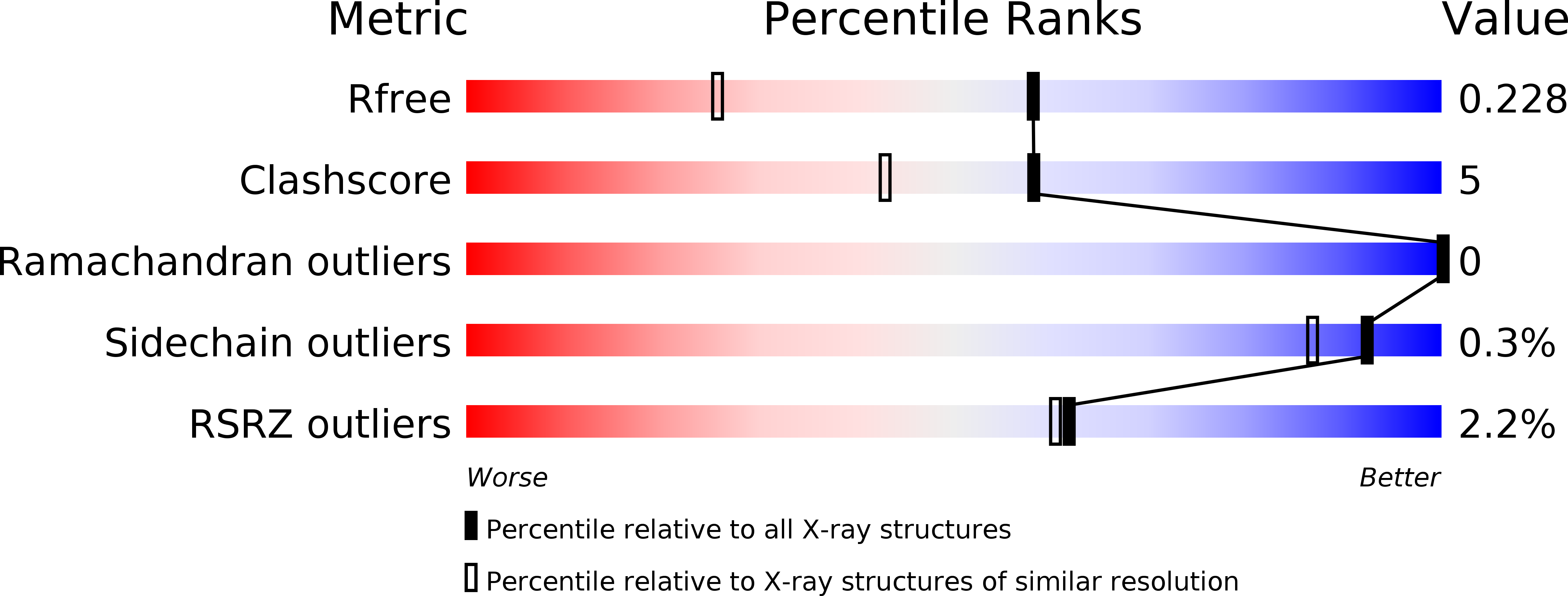
Deposition Date
2009-01-27
Release Date
2009-12-08
Last Version Date
2024-10-16
Entry Detail
PDB ID:
3G08
Keywords:
Title:
Crystal structure of the alpha-galactosylceramide analog OCH in complex with mouse CD1d
Biological Source:
Source Organism:
Mus musculus (Taxon ID: 10090)
Host Organism:
Method Details:
Experimental Method:
Resolution:
1.60 Å
R-Value Free:
0.22
R-Value Work:
0.19
R-Value Observed:
0.19
Space Group:
P 21 21 21


